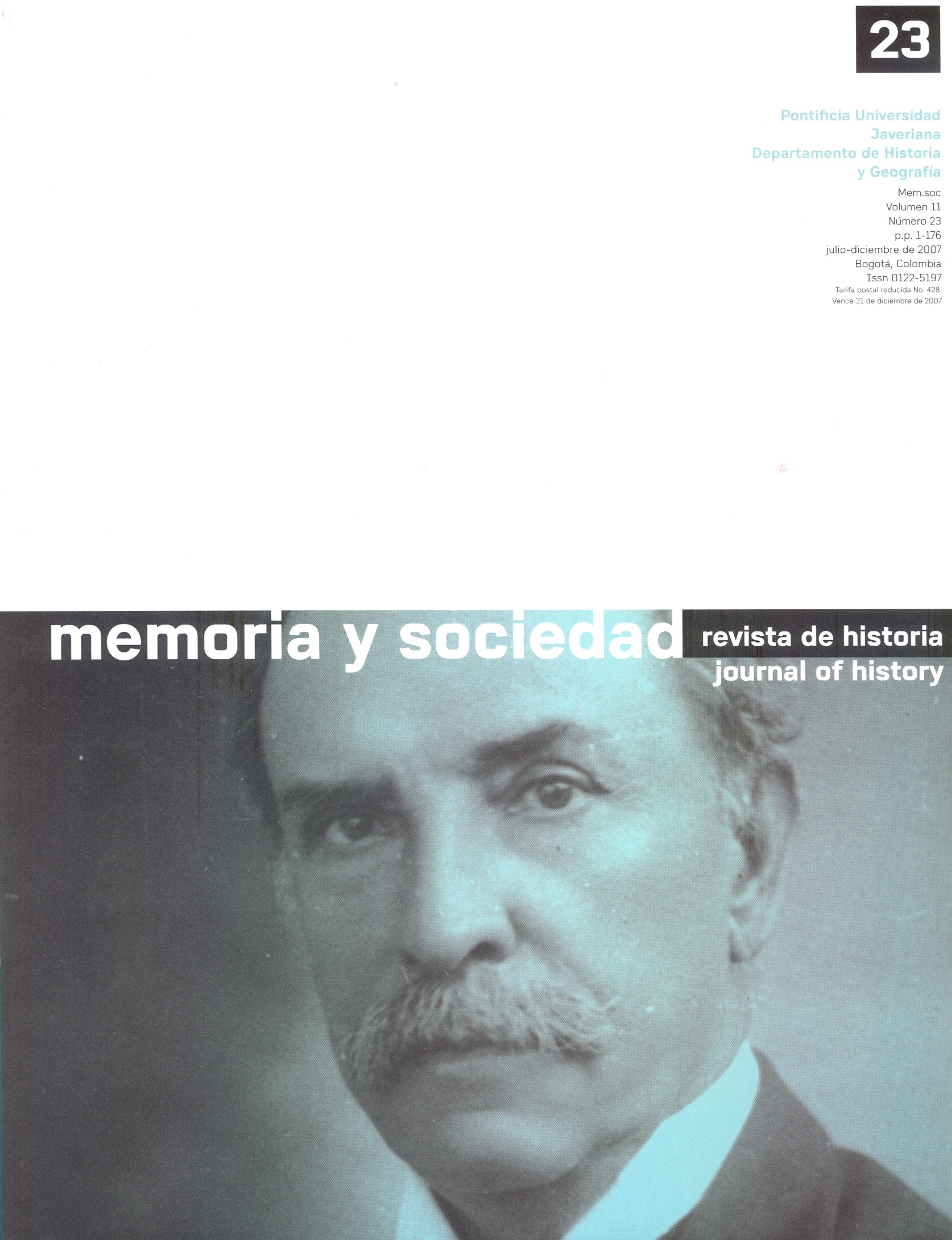Resumen
El presente trabajo tiene como objetivo el análisis de las funciones del demonio dentro de la obra del capuchino español Fray Félix de Alamín titulada Falacias del demonio y de los vicios que apartan del Camino Real del Cielo[…] reimpresa en Madrid en 1714 como un ejemplo de la producción cultural barroca española, que alcanzó, con un último suspiro, los primero años del siglo XVIII y en donde las coyunturas políticas y sociales y la historia de la larga duración que produjo la decadencia del Imperio español, generaron un cambio imprescindible en la forma de percibir a este “enemigo de Dios”. Se estudian las continuidades y discontinuidades del discurso sobre el demonio que maneja el fraile como reflejo de su época de acuerdo con las estructuras interconectadas desde la España del Siglo de Oro que fundamentará las bases de la mística y las nuevas formas de religiosidad española hasta los primeros años del siglo XVIII.La revista Memoria y Sociedad se encuentra registrada bajo la licencia Creative Commons Reconocimiento 4.0 Internacional. Por lo tanto, esta obra se puede reproducir, distribuir y comunicar públicamente en formato digital, siempre que se reconozca el nombre de los autores y a la Pontificia Universidad Javeriana. Se permite citar, adaptar, transformar, autoarchivar, republicar y crear a partir del material, para cualquier finalidad (incluso comercial), siempre que se reconozca adecuadamente la autoría, se proporcione un enlace a la obra original y se indique si se han realizado cambios. La Pontificia Universidad Javeriana no retiene los derechos sobre las obras publicadas y los contenidos son responsabilidad exclusiva de los autores, quienes conservan sus derechos morales, intelectuales, de privacidad y publicidad.
El aval sobre la intervención de la obra (revisión, corrección de estilo, traducción, diagramación) y su posterior divulgación se otorga mediante una licencia de uso y no a través de una cesión de derechos, lo que representa que la revista y la Pontificia Universidad Javeriana se eximen de cualquier responsabilidad que se pueda derivar de una mala práctica ética por parte de los autores. En consecuencia de la protección brindada por la licencia de uso, la revista no se encuentra en la obligación de publicar retractaciones o modificar la información ya publicada, a no ser que la errata surja del proceso de gestión editorial. La publicación de contenidos en esta revista no representa regalías para los contribuyentes.


